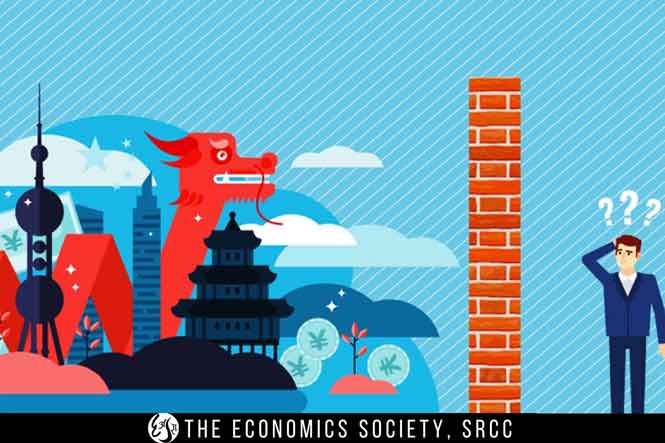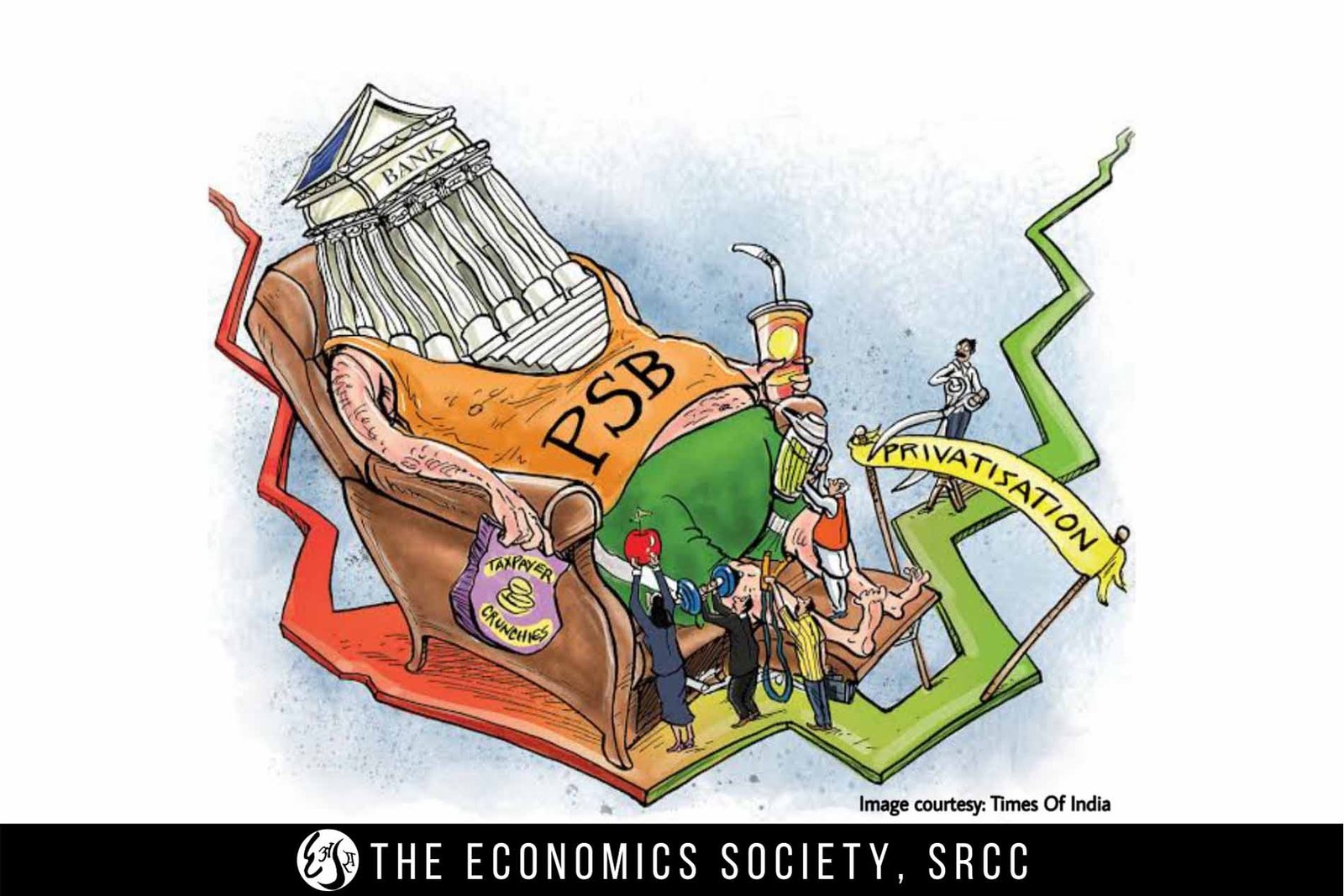
Published in:
Business And Finance
Chinese Investments in India for the start-ups grow

Imagine this – A is on the lookout for a new handbag and she spots a
nice one that is worth Rs 3000 on an E-commerce app. The problem lies in
the fact that it is way above her budget. Nevertheless, she adds it to
her shopping cart but soon reality kicks in and she is contemplating
removing it from her shopping cart. Then suddenly, out of the blue, the
app suggests an alternative. Instead of paying the Rs 3000 right now,
she could pay it a month later and the icing on the cake is that she
won’t even have to pay interest. This alternative is the Buy Now Pay
Later option.
With rising prices, consumers are increasingly looking to put off paying their bills a little bit longer. Buy Now, Pay Later (BNPL) is a relatively new type of financing that has witnessed an explosion and is gaining traction these days. It is a type of short-term financing often referred to as Point-of-Sale financing that allows consumers to purchase a particular product and make payments at a future date, often interest-free.
BNPL has grown to become a favoured payment method, disrupting the traditional credit card business. HDFC Securities pegged India’s BNPL ecosystem growth to $56 billion by FY26. According to Razorpay’s ERF Report, BNPL has grown 637.27% in 2021 compared with the 569% growth observed in 2020. These figures are now rapidly increasing, especially because more and more merchants are hopping onboard. LazyPay, ZestMoney, Simpl, FlexMoney, Amazon Pay Later, Paytm Postpaid are some BNPL players which are active in the Indian market. According to ZestMoney’s 2021 report, GenZ and Millennials are leading India’s adoption of the BNPL wave. The report also revealed that BNPL adoption is not limited to Tier I and Tier II cities only. Households across the country are embracing digital transactions and BNPL is emerging as a favourite credit instrument.
How does BNPL work?
Usually, each company has its own terms and conditions for Buy Now, Pay Later schemes but these usually operate along the same lines. The consumer makes a purchase at a participating retailer and opts for BNPL at checkout. If approved, the customer makes a small down payment and then pays off the rest of the amount in a series of interest-free payments or as a lump sum.
BNPL providers generate revenues both from customers and merchants. While customers pay penalties for going beyond the no-cost period till the amount is repaid, merchants are charged a percentage of the purchase value per transaction. Several companies offer varying credit limits with varying repayment plans:
BNPL VS Credit Cards
Although credit cards and BNPL schemes may seem similar as they both involve delayed payments, they are quite different. The point of divergence comes with the checks carried out by the lending company to assess the creditworthiness of the individual. In the case of a credit card, the lender will conduct a hard check to see the risk that an individual represents. In contrast, BNPL lenders conduct only soft searches that do not leave any footprint behind, meaning other lenders won’t be able to see that the person has applied for that credit. Another difference is that credit cards offer cashbacks, points on purchases, rewards and so on which the consumer won’t receive while opting for BNPL loans. Credit cards have greater utility as they can also be used to pay for utility bills and other kinds of expenses. Benefits for customers.
BNPL offers a win-win situation for everyone. From a consumer’s perspective, for a lot of consumers, BNPL may be the best offer they have that’s available. BNPL offers various benefits to the consumers; credit availability for consumers with limited means is the most important one. Simply follow the repayment schedule set by the BNPL provider instead of setting your own repayment schedule as in the case of credit card debt. Less impact on the credit score of the individual, interest-free payments and convenience are some other upsides to the consumers opting for BNPL.
Risks to consumers
BNPL does come with certain risks. Some people might take on the debt and may not afford to pay that back. In this case, it may have a negative impact on the credit score of the individual. BNPL providers conduct only a soft credit check for point-of-sale financing which may result in customers using multiple BNPL products and other credit products and in this process may risk financial overextension. It encourages impulse buying among consumers. This mechanism offers instant gratification to the consumer without any explicit costs as there is no interest component. This impulsive purchase decision may have a deleterious impact on the future spending of the individual on necessities due to excessive spending currently on non-essential and unnecessary goods. Furthermore, the burden of payment in instalments can hinder the accumulation of personal savings. BNPL products may have longer-term risks in the sense that users of BNPL products tend to be younger so any missed instalments could lead to financial trouble and adversely affect their ability to access credit in the future.
Benefits and Risks to Merchants BNPL offers several benefits to merchants in terms of a decline in cart abandonment and an increase in repeat business. It also provides an opportunity for competitive advantage to the merchant providing a BNPL alternative as consumers may prefer merchants that provide the option of BNPL over those who do not. It also provides merchants access to customers on the BNPL platform. According to Bain and Company, most merchants see BNPL as a key part of their growth plan. ZestMoney, a major Indian BNPL witnessed a 200% growth in transactions on e-commerce platforms during the last festive season. The customer applications went up tenfold for categories such as electronics, fashion, furniture and home décor.
Although BNPL may provide certain benefits to merchants, not every merchant may find it well suited to his needs. The underlying reason is that offering BNPL as a payment option to the customers comes at a cost to the provider. The cost of a BNPL transaction is around 1.5 to 7 per cent of the purchase value while the cost of a credit card transaction typically ranges from 1 to 3 per cent. In the long run, after BNPL becomes widely available and accepted as a payment alternative, the merchant might not be in a position to discontinue providing the service even at the expense of increased costs and reduced profits in order to maintain a recurring relationship with the customer. With the increase in BNPL payments, the fraud rate related to these transactions has also increased as fraudsters exploit the loopholes in the system for their benefit.
While BNPL companies are expected to keep growing, BNPL does have a negative side to it and it would be in the interest of BNPL customers to remain cognisant of this fact. Several critics have voiced their concern that BNPL services should come under the supervision of a well-defined regulatory framework to protect the interests of customers and service providers alike. Consumers should therefore be apprised of the fact that BNPL can in all probability result in over-indebtedness since they feel much more alienated from the payment process and they are less likely to question their purchases. There are also concerns surrounding the fact that even though BNPL is portrayed as a zero-interest alternative, missed payments can result in a loss of this distinction. And this happens more often than not.
Aditi Singla, First Year Undergraduate Student, SRCC
References
1.https://www.kansascityfed.org/research/payments-system-research-briefings/the-appeal-and-proliferation-of-buy-now-pay-later-consumer-and-merchant-perspectives/2.https://www.researchgate.net/publication/357618668_Buy_Now_Pay_Later_BNPLOn_Your_Credit_Card3. Investopedia
With rising prices, consumers are increasingly looking to put off paying their bills a little bit longer. Buy Now, Pay Later (BNPL) is a relatively new type of financing that has witnessed an explosion and is gaining traction these days. It is a type of short-term financing often referred to as Point-of-Sale financing that allows consumers to purchase a particular product and make payments at a future date, often interest-free.
BNPL has grown to become a favoured payment method, disrupting the traditional credit card business. HDFC Securities pegged India’s BNPL ecosystem growth to $56 billion by FY26. According to Razorpay’s ERF Report, BNPL has grown 637.27% in 2021 compared with the 569% growth observed in 2020. These figures are now rapidly increasing, especially because more and more merchants are hopping onboard. LazyPay, ZestMoney, Simpl, FlexMoney, Amazon Pay Later, Paytm Postpaid are some BNPL players which are active in the Indian market. According to ZestMoney’s 2021 report, GenZ and Millennials are leading India’s adoption of the BNPL wave. The report also revealed that BNPL adoption is not limited to Tier I and Tier II cities only. Households across the country are embracing digital transactions and BNPL is emerging as a favourite credit instrument.
How does BNPL work?
Usually, each company has its own terms and conditions for Buy Now, Pay Later schemes but these usually operate along the same lines. The consumer makes a purchase at a participating retailer and opts for BNPL at checkout. If approved, the customer makes a small down payment and then pays off the rest of the amount in a series of interest-free payments or as a lump sum.
BNPL providers generate revenues both from customers and merchants. While customers pay penalties for going beyond the no-cost period till the amount is repaid, merchants are charged a percentage of the purchase value per transaction. Several companies offer varying credit limits with varying repayment plans:
BNPL VS Credit Cards
Although credit cards and BNPL schemes may seem similar as they both involve delayed payments, they are quite different. The point of divergence comes with the checks carried out by the lending company to assess the creditworthiness of the individual. In the case of a credit card, the lender will conduct a hard check to see the risk that an individual represents. In contrast, BNPL lenders conduct only soft searches that do not leave any footprint behind, meaning other lenders won’t be able to see that the person has applied for that credit. Another difference is that credit cards offer cashbacks, points on purchases, rewards and so on which the consumer won’t receive while opting for BNPL loans. Credit cards have greater utility as they can also be used to pay for utility bills and other kinds of expenses. Benefits for customers.
BNPL offers a win-win situation for everyone. From a consumer’s perspective, for a lot of consumers, BNPL may be the best offer they have that’s available. BNPL offers various benefits to the consumers; credit availability for consumers with limited means is the most important one. Simply follow the repayment schedule set by the BNPL provider instead of setting your own repayment schedule as in the case of credit card debt. Less impact on the credit score of the individual, interest-free payments and convenience are some other upsides to the consumers opting for BNPL.
Risks to consumers
BNPL does come with certain risks. Some people might take on the debt and may not afford to pay that back. In this case, it may have a negative impact on the credit score of the individual. BNPL providers conduct only a soft credit check for point-of-sale financing which may result in customers using multiple BNPL products and other credit products and in this process may risk financial overextension. It encourages impulse buying among consumers. This mechanism offers instant gratification to the consumer without any explicit costs as there is no interest component. This impulsive purchase decision may have a deleterious impact on the future spending of the individual on necessities due to excessive spending currently on non-essential and unnecessary goods. Furthermore, the burden of payment in instalments can hinder the accumulation of personal savings. BNPL products may have longer-term risks in the sense that users of BNPL products tend to be younger so any missed instalments could lead to financial trouble and adversely affect their ability to access credit in the future.
Benefits and Risks to Merchants BNPL offers several benefits to merchants in terms of a decline in cart abandonment and an increase in repeat business. It also provides an opportunity for competitive advantage to the merchant providing a BNPL alternative as consumers may prefer merchants that provide the option of BNPL over those who do not. It also provides merchants access to customers on the BNPL platform. According to Bain and Company, most merchants see BNPL as a key part of their growth plan. ZestMoney, a major Indian BNPL witnessed a 200% growth in transactions on e-commerce platforms during the last festive season. The customer applications went up tenfold for categories such as electronics, fashion, furniture and home décor.
Although BNPL may provide certain benefits to merchants, not every merchant may find it well suited to his needs. The underlying reason is that offering BNPL as a payment option to the customers comes at a cost to the provider. The cost of a BNPL transaction is around 1.5 to 7 per cent of the purchase value while the cost of a credit card transaction typically ranges from 1 to 3 per cent. In the long run, after BNPL becomes widely available and accepted as a payment alternative, the merchant might not be in a position to discontinue providing the service even at the expense of increased costs and reduced profits in order to maintain a recurring relationship with the customer. With the increase in BNPL payments, the fraud rate related to these transactions has also increased as fraudsters exploit the loopholes in the system for their benefit.
While BNPL companies are expected to keep growing, BNPL does have a negative side to it and it would be in the interest of BNPL customers to remain cognisant of this fact. Several critics have voiced their concern that BNPL services should come under the supervision of a well-defined regulatory framework to protect the interests of customers and service providers alike. Consumers should therefore be apprised of the fact that BNPL can in all probability result in over-indebtedness since they feel much more alienated from the payment process and they are less likely to question their purchases. There are also concerns surrounding the fact that even though BNPL is portrayed as a zero-interest alternative, missed payments can result in a loss of this distinction. And this happens more often than not.
Aditi Singla, First Year Undergraduate Student, SRCC
References
1.https://www.kansascityfed.org/research/payments-system-research-briefings/the-appeal-and-proliferation-of-buy-now-pay-later-consumer-and-merchant-perspectives/2.https://www.researchgate.net/publication/357618668_Buy_Now_Pay_Later_BNPLOn_Your_Credit_Card3. Investopedia


